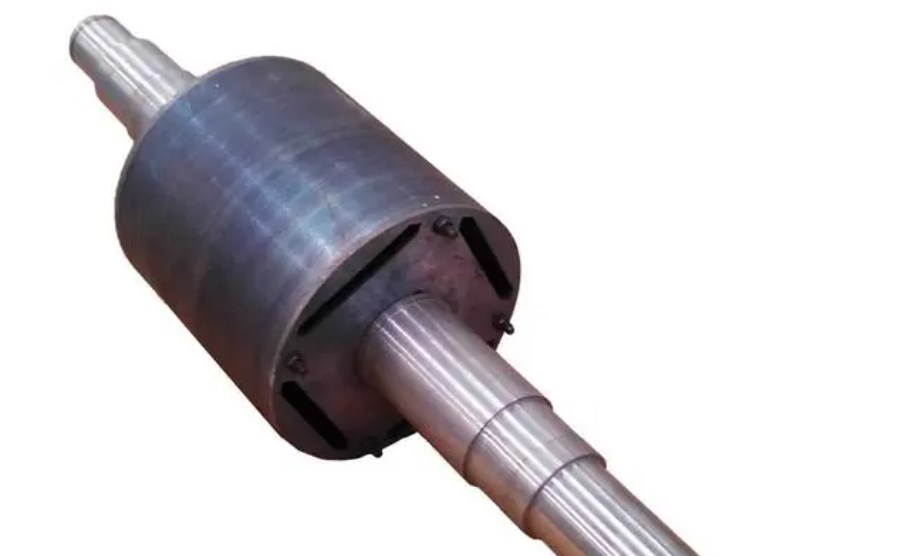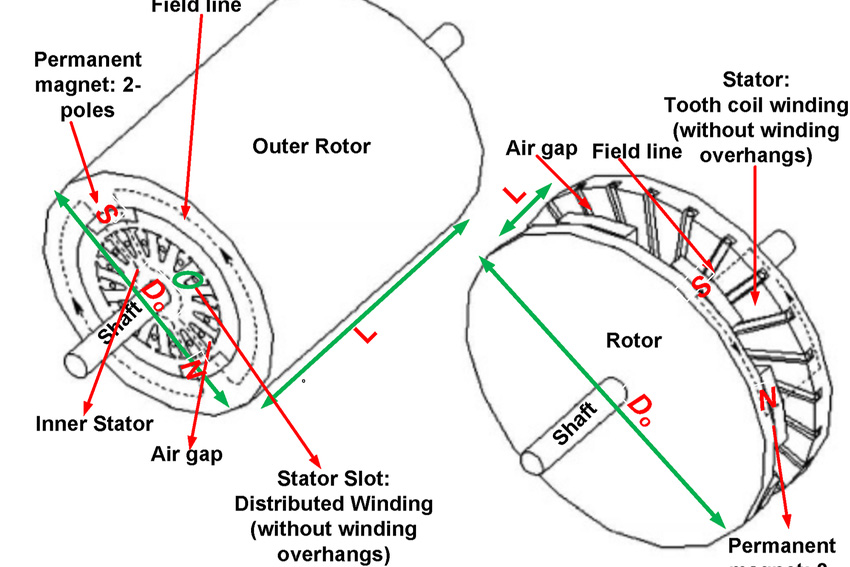Designing the Perfect Spin: Strategies for Optimizing Magnet Rotor Performance
Magnet rotors are at the forefront of revolutionizing energy generation, offering efficient, sustainable, and environmentally friendly alternatives to conventional power sources. These remarkable devices capitalize on the power of magnetic fields to produce clean energy, but their performance hinges on precise design and engineering. In this article, we delve into the strategies that engineers and researchers employ to optimize magnet rotor performance, paving the way for a brighter energy future.

Understanding the Basics
Before delving into optimization strategies, let's revisit the basics. Magnet rotors consist of a central shaft surrounded by an arrangement of magnets. As the rotor spins, the magnetic fields induce electric currents in nearby coils, generating electricity. However, achieving optimal performance requires careful consideration of several factors, including magnet configuration, materials, and rotational speed.
1. Magnet Selection and Configuration
The choice of magnets significantly influences rotor performance. Engineers must balance factors like magnet strength, temperature stability, and cost. Rare-earth magnets, such as neodymium magnets, are commonly used due to their strong magnetic properties. The arrangement of magnets also plays a vital role. Configurations like radial or axial flux layouts can impact the efficiency and power output of the rotor.
2. Aerodynamics and Cooling
Efficient cooling mechanisms are essential to prevent overheating and ensure consistent performance. Adequate ventilation and heat dissipation systems are crucial for maintaining optimal operating temperatures. Aerodynamic considerations also come into play, as the rotor's design must minimize air resistance to reduce energy losses caused by friction.
3. Material Science and Manufacturing
Choosing the right materials for both the rotor and surrounding components is paramount. High-strength materials that can withstand the stresses of rotation and maintain their magnetic properties over time are preferred. Advanced manufacturing techniques, such as additive manufacturing (3D printing), allow for intricate designs and precise construction, contributing to improved performance and reduced production costs.
4. Computational Modeling and Simulation
Modern engineering heavily relies on computational modeling and simulation to predict rotor behavior and optimize design parameters. Finite element analysis (FEA) and computational fluid dynamics (CFD) simulations enable engineers to visualize and understand the complex interactions within the rotor system. This approach helps fine-tune design elements before physical prototypes are built.
5. Control Systems and Feedback Loops
Intelligent control systems play a crucial role in optimizing rotor performance in real-time. Feedback loops that monitor variables like temperature, rotational speed, and power output allow for dynamic adjustments to maintain efficiency even under changing conditions. Advanced algorithms ensure the rotor operates within optimal parameters, maximizing energy production.
6. Experimental Iteration and Prototyping
Physical prototypes remain essential for validating design concepts and refining optimization strategies. Engineers build and test multiple iterations of magnet rotor designs, collecting real-world performance data and identifying areas for improvement. This iterative process bridges the gap between theory and practical application, leading to more refined and effective designs. In conclusion, optimizing magnet rotor performance is a multi-faceted endeavor that involves a deep understanding of materials science, aerodynamics, control systems, and computational modeling. As researchers and engineers continue to refine these strategies, magnet rotors will undoubtedly play a crucial role in shaping the future of clean and sustainable energy generation. Through relentless innovation and collaboration, we move closer to achieving the perfect spin that drives us toward a greener world.















